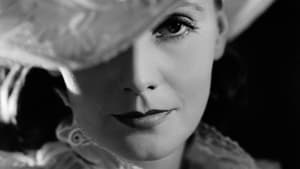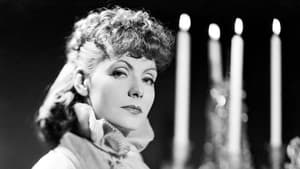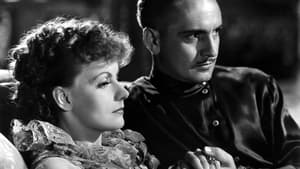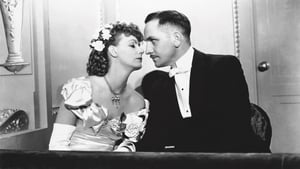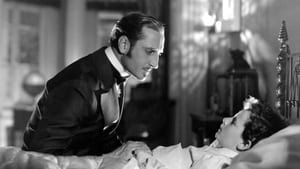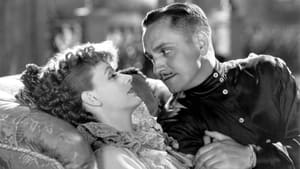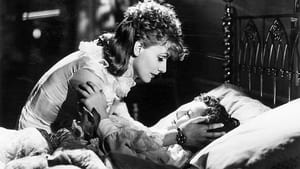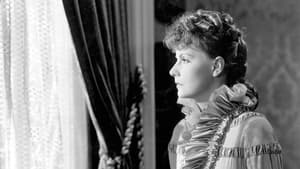Video Sources 0 Views
- Watch trailer
- Anna Karenina 1935 Colorized
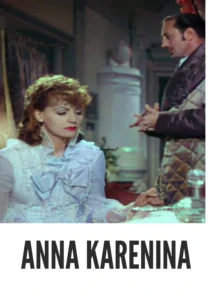
Synopsis
Table of Contents
TogglePassion, Scandal, and Tragedy: Anna Karenina (1935) in Breathtaking Color

Step into the opulent world of Imperial Russia with Anna Karenina, a sweeping romantic drama from 1935, now beautifully colorized for a viewing experience that brings new life to Tolstoy’s classic tale. Starring Greta Garbo and Fredric March, this film explores themes of love, adultery, and social alienation with profound emotional depth. Perfect for fans of classic literature and golden age cinema, this HD download offers a visually stunning and emotionally resonant adaptation of one of the greatest novels ever written.
Anna Karenina Storyline: A Tale of Forbidden Love and Social Disgrace
Anna Karenina tells the tragic story of Anna (Greta Garbo), a high-society woman trapped in a loveless marriage with Alexei Karenin (Basil Rathbone), a cold and ambitious government official. During a visit to Moscow, Anna meets the dashing Count Vronsky (Fredric March), and they embark on a passionate affair that defies the conventions of 19th-century Russian society.As their relationship intensifies, Anna faces increasing social condemnation and internal conflict, torn between her love for Vronsky and her responsibilities to her family. The film explores the devastating consequences of adultery in a rigid and unforgiving society, leading to Anna’s ultimate downfall. The storyline delves into themes of passion, societal expectations, and the tragic consequences of forbidden love.
Movie Cast
The film boasts a stellar cast of actors who bring these iconic characters to life:
- Greta Garbo as Anna Karenina
- Fredric March as Count Vronsky
- Basil Rathbone as Alexei Karenin
- Freddie Bartholomew as Sergei
- Maureen O’Sullivan as Kitty Scherbatsky
Movie Genre
Anna Karenina falls into the genre of romantic drama, with elements of tragedy and social commentary that are characteristic of classic literature adaptations. Its sweeping narrative, emotional depth, and lavish production design make it a captivating and unforgettable film.
Historical Context: Golden Age of Hollywood and Literary Adaptations
Released in 1935, Anna Karenina represents a highlight of Hollywood’s Golden Age, showcasing the studio system’s ability to adapt classic literature for a wide audience. The film was produced during a period when adaptations of literary masterpieces were highly popular, appealing to both critical acclaim and commercial success. While there have been many adaptations of Tolstoy’s novel, this version is particularly notable for its star-studded cast and lavish production values, capturing the grandeur and emotional complexity of the original story.
Colorization Details
This colorized version of Anna Karenina has been meticulously restored using modern digital techniques, enhancing the visual appeal while preserving the film’s original emotional depth and atmosphere. The colorization process involved carefully analyzing the grayscale tones of the original black and white footage and assigning appropriate colors to each scene. While the specific software used remains proprietary, the techniques employed included advanced algorithms for color palette selection and image enhancement. This painstaking process brings new life to the characters and settings, making the story even more engaging for modern audiences. While some may debate the merits of colorizing classic films, it introduces these films to a broader audience, ensuring their legacy for future generations.
Technical Details
- Director: Clarence Brown
- Screenplay: Clemence Dane, Salka Viertel, and S. N. Behrman (uncredited)
- Based on: the novel Anna Karenina by Leo Tolstoy
- Cinematography: William H. Daniels
- Edited by: Margaret Booth
- Production Company: Metro-Goldwyn-Mayer (MGM)
- Distributed by: Metro-Goldwyn-Mayer (MGM)
- Runtime: 95 minutes
Technical Specifications
- Download Format: MP4
- Resolution: HD (1080p)
- Compatibility: Compatible with most devices, including smartphones, tablets, computers, and smart TVs.
Reviews and Critical Reception
Anna Karenina (1935) is celebrated for its stellar performances, particularly Greta Garbo’s portrayal of the tragic heroine. The film was a commercial success and garnered critical acclaim for its adaptation of Tolstoy’s complex novel. As one of the most famous adaptations of Anna Karenina, this film remains a touchstone for cinematic interpretations of classic literature.
FAQs
- Q: What is Anna Karenina about?
- A: Anna Karenina is a tragic love story about a high-society woman who has an affair and faces social condemnation.
- Q: Is this version of Anna Karenina colorized?
- A: Yes, this version has been professionally colorized to enhance the viewing experience.
- Q: Who stars in Anna Karenina (1935)?
- A: The film stars Greta Garbo as Anna Karenina and Fredric March as Count Vronsky.
- Q: What makes Anna Karenina (1935) a classic?
- A: The film is celebrated for its stellar performances, lavish production values, and faithful adaptation of Tolstoy’s novel.
- Q: What is the download format?
- A: The download format is MP4, which is compatible with most devices.
- Q: What resolution is the download?
- A: The resolution is HD (1080p), providing a high-quality viewing experience.
Download Now in HD!
Watch Anna Karenina Today!
